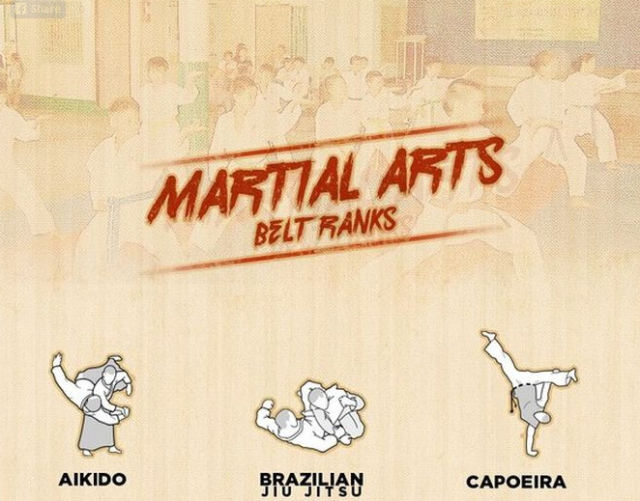In What Means Do Standard Martial Arts Prioritize Self-Control Contrasted To The Affordable Nature Of Contemporary Battle Sports? Reveal The Basic Distinctions That Can Influence Your Trip
In What Means Do Standard Martial Arts Prioritize Self-Control Contrasted To The Affordable Nature Of Contemporary Battle Sports? Reveal The Basic Distinctions That Can Influence Your Trip
Blog Article
where can i watch bulletproof monk -Bright Sexton
When you consider martial arts, do you lean a lot more toward the traditional methods or the modern fight sports? Each path offers unique benefits and experiences, formed by their philosophies and training techniques. Standard martial arts stress individual development and technique, while modern battle sporting activities concentrate on competitors and efficiency. Recognizing these distinctions can guide you in choosing the ideal method for your trip. However just how do these distinctions manifest in training and approach?
The Philosophy and History Behind Traditional Martial arts
While many people link martial arts with physical battle, the philosophy and background behind traditional martial arts run much deeper. You'll locate that these techniques emphasize personal development, technique, and respect.
Originating from old techniques, conventional martial arts were usually established for Self-Defense and spiritual advancement. They personify principles such as equilibrium, harmony, and self-control, leading practitioners past simple fighting skills.
As you train, you'll not just learn strategies yet also obtain understandings into the society and worths that formed these arts. The rituals and traditions, frequently passed down via generations, foster a feeling of neighborhood and belonging.
The Competitive Nature of Modern Fight Sports
Modern combat sporting activities have actually changed the landscape of martial arts into a highly competitive arena, where professional athletes challenge in a test of ability, method, and endurance.
You'll notice that competitions are frequently organized with stringent policies and regulations, making certain justice and security. These occasions bring in large target markets, sustaining the excitement and intensity of competitions.
Professional athletes train rigorously, not just for physical prowess yet additionally for psychological toughness, understanding that every information counts in the ring. The adrenaline thrill throughout competitors is palpable, as fighters press their restrictions to assert triumph.
Fans appreciate the athleticism and creativity entailed, making contemporary battle sports a thrilling phenomenon that remains to advance and astound enthusiasts all over the world.
Training Techniques and Methods: A Comparative Evaluation
The affordable atmosphere of contemporary combat sports needs innovative training techniques that vary significantly from standard martial arts.
In modern-day training, you'll focus on particular techniques, sparring, and conditioning, commonly using drills that simulate actual battle circumstances. You'll see a focus on measurable efficiency and constant competition to evaluate your abilities.
In contrast, typical martial arts focus on types, katas, and thoughtful teachings, frequently highlighting self-control and regard over competitors.
Training is normally much less intense and might involve repeated practice as opposed to real-time sparring.
While both methods build ability and physical fitness, modern battle sporting activities supply an extra vibrant and versatile training setting, preparing you for prompt obstacles in the ring or cage.
Select the path that lines up with your objectives and interests.
Conclusion
In picking in between typical martial arts and modern fight sporting activities, it actually boils down to what you value most. If just click the up coming post seeking individual growth, discipline, and a feeling of community, traditional arts could be your ideal fit. Yet if you flourish on competitors and real-time obstacles, contemporary combat sporting activities could be the way to go. Eventually, both paths provide distinct benefits, so it's all about straightening your training with your individual objectives and rate of interests.
